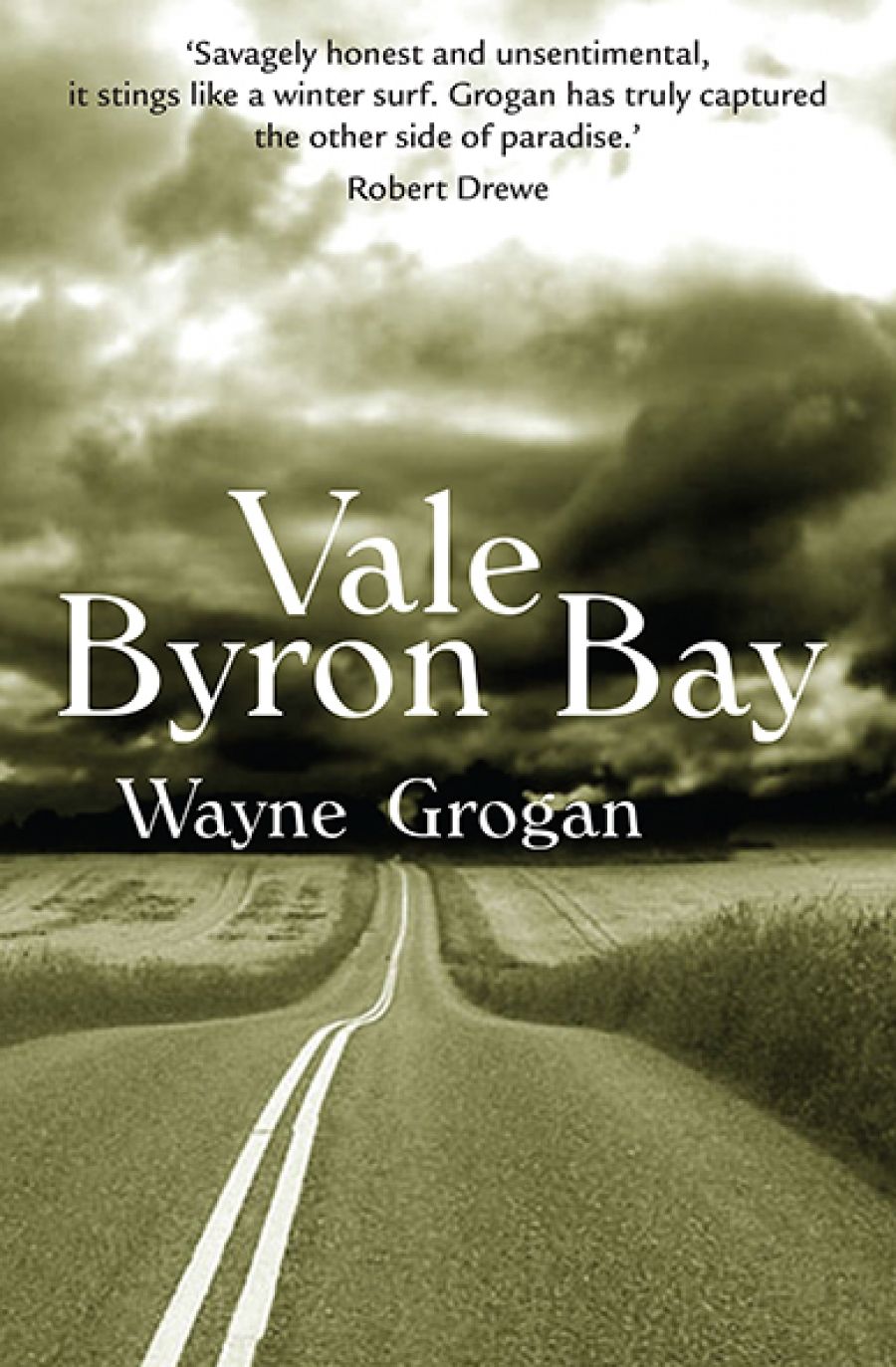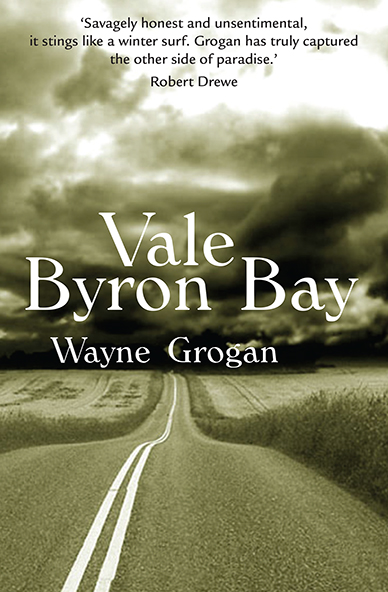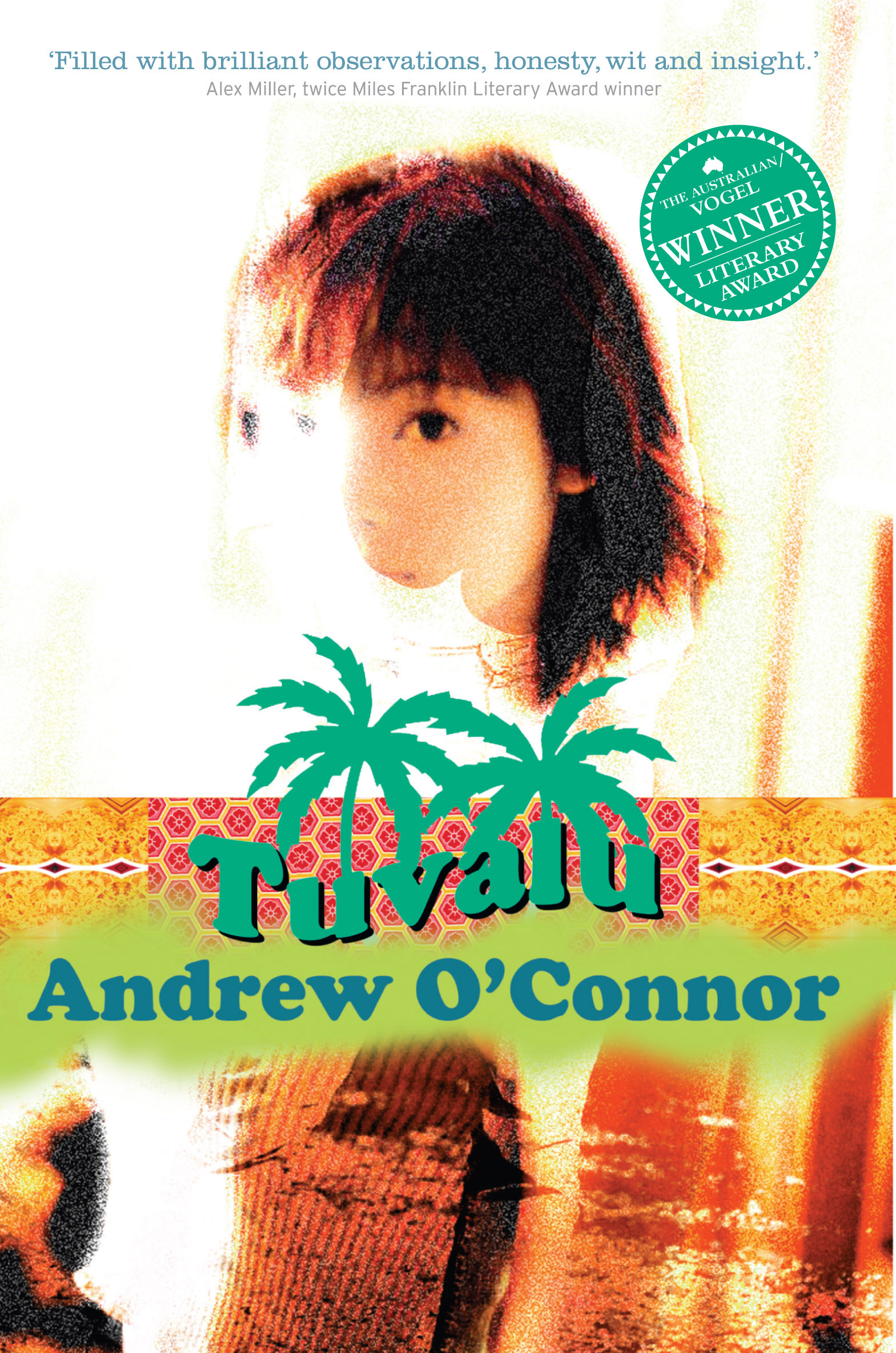
- Free Article: No
- Contents Category: Fiction
- Review Article: Yes
- Article Title: Deeply not at home
- Online Only: No
- Custom Highlight Text:
These two novels are both strong in their sense of locale, and take their settings as part of the subject, linked to pictures of isolation and barely functioning relationships, and with catastrophe not averted.
- Book 1 Title: Vale Byron Bay
- Book 1 Biblio: Brandl & Schlesinger, $26.95 pb, 312 pp
- Book 1 Cover Small (400 x 600):

- Book 1 Cover (800 x 1200):

- Book 2 Title: Tuvalu
- Book 2 Biblio: Allen & Unwin, $22.95 pb, 348 pp
- Book 2 Cover Small (400 x 600):

- Book 2 Cover (800 x 1200):

O’Connor makes a good fist of the local Japanese colour, the atmosphere in bars and views from high-rise windows, the solitary watcher painting pictures for himself:
All of Tokyo was strikingly similar. It had replicated itself the way cells do, identically save for minimal error, the genesis of evolution. The buildings were square and squat, and atop the very tallest large red bulbs pulsed silently, warning off aircraft. I thought of the view of Mami’s front room by day. Saturated with morning sun, Tokyo had looked like a demolition site. The sharp, square buildings – all white, grey or brown – had taken on the look of scattered bricks. The only exception had been the Imperial Palace, a napkin of green at the centre … It had intrigued me to think the royal family lived there still, sheltered from the city by water alone.
The tone and sensibility of the book – wry, disconcerted, muted – are more interesting than the actual plot. Too many of the characters, such as Noah’s mingy, sanctimonious ex-priest father back in Australia, or the woman his mother appears to have left him for, an artist who makes sculpture from household items such as can-openers, function more as emblems or pretexts for Noah’s discombobulation rather than as convincing beings in their own right.
O’Connor also runs into trouble fully constructing scenes. With a first novel, you shouldn’t complain too much, but O’Connor struggles with the whole business of getting people across the room to answer the telephone, and the like. A set piece slapstick revolves around Mami’s attempted suicide, from which Noah saves her. Slapstick needs to be precise, and you need to get the visual thing just so. O’Connor doesn’t manage this, so the sequence comes across as illustrative rather than inherently dramatic. On the other hand, there is an eccentric humour in the descriptions of Patrick and Noah launching model planes over the heads of Japanese shoppers in a plaza: the planes blow up mid-air, and the boys run away. Once again, I suppose, one has to register the now merely formal complaint that emerging writers with something to offer are being let down by the lack of work publishers are willing to put into their books, but it is only fair to O’Connor to do so.
Wayne Grogan’s Vale Byron Bay is, in some ways, more accomplished and is certainly more ambitious – Grogan is the author of the well-received Junkie Pilgrim (2003) – but if those invidious comparisons need to be made I would go with O’Connor. Grogan takes as his subject that period in the 1970s when Byron Bay was invaded by outsiders – first hippies, then drug dealers. As the title suggests, the manner is heavy with visions of paradise besmirched.
It is a shame that Grogan has given us a stock villain – the local cop, Sladden, who is one sleazy customer – when his heroes are more nuanced: a young Catholic priest, Father Ryan, who has opened a retreat for victims from the city, and Margaret, a Melbourne Establishment woman who has become a guiding spirit to the hippies who have collected around her via her surfie son (who remains, rather surprisingly, a marginal figure throughout most of the book, despite playing a role in Margaret’s first run in with Sladden). By the time the book is over, you can see that Grogan’s own approach is well-nigh theological: nothing less than the victory of evil over good is taking place in Byron Bay, real estate intrigues and bad police practice being only the outward signs of the darkest energies, and the meek do not inherit any part of the earth, but pay the price with their own bodies.
There are virtues in Grogan’s approach. He doesn’t swamp us in period décor – the details a lesser writer might be tempted to take a bath in are handled lightly – and his representation of the progressive priest is done with sympathy and respect. He makes his thoughtfulness and goodness not merely attractive but believable, and the sections dealing with his attempts to minister to a junkie and prostitute, and with his conflicts with his more conservative Augustinian superiors, are the most compelling in the book.
The main problems, however, are the rather overworked prose (‘The silence through the kitchen challenged her to continue moving out of the empty farmhouse into the open air. [Margaret] stepped outside to see a dumb show of dust entraining Christian in the Land Rover as he stopped at the gate’) and the never-quite-naturalistic-enough dialogue. At times, the style conveys what the world looks like to Grogan’s cast of loners and seekers, and something lush or at least heightened is doubtless required to deal with a heady era in a heady place, but too often it seems strained. The writing is at its most effective when Grogan actually goes into the voice of the Underground Man, whose dope-fuelled, God-soaked ramblings Margaret finds in a garbage bag in her new house. Not needing to tell a story, Grogan lets rip in tones reminiscent of Blake and Rimbaud, and the pained solipsism has an authentic ring to it: ‘Gosford in daylight, guilt light on my phantom life. Not at home in the world. Dishonest. Deeply not at home.’


Comments powered by CComment